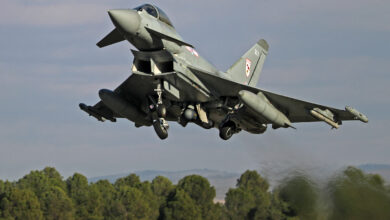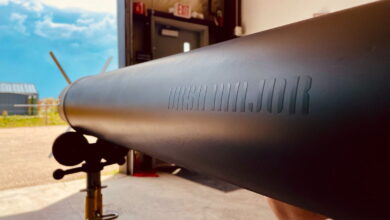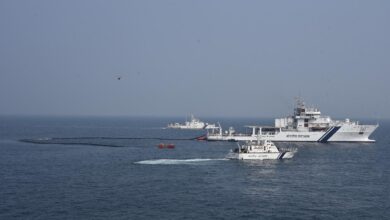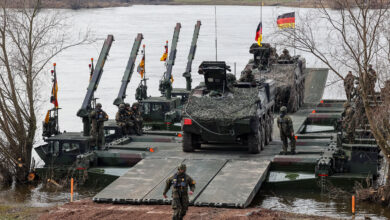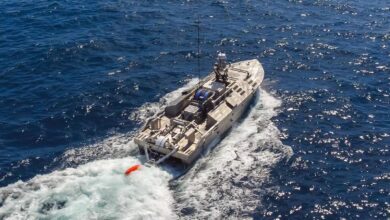Thales Showcases Mine Countermeasures System With NATO
Thales has demonstrated two mine countermeasures (MCM) systems for NATO forces and industry partners in Portugal.
The trial validated the company’s MiMap and M-Cube platforms, which enable interoperability of tactical underwater assets against sea mines and sub-surface threats.
Thales MiMap and M-Cube
The MiMap is a mission analysis tool that helps users analyze real-time or recorded sonar data. The capability can be used for investigating the seabed and identifying subsea targets.
The M-Cube is a mission management system deployable with conventional MCM vessels and drones.
“Combined with MiMap, it reduces the cognitive load of commanders and operators, enabling them to make effective and efficient decisions in a threat environment,” according to a Thales statement.
“It is the world’s most capable and agile mine countermeasures [command and control] system, with the potential to provide a significant technological advantage to the user.”
Preparing for Submarine Warfare
Thales operated both MCM platforms to assist the French Navy’s explosive ordnance disposal divers and diver-held RTSYS Sonadive sonar.
The team carried out missions across an 8-square-kilometer (3 square miles) mined area arranged by the NATO Allied Maritime Command and Allied Command Transformation.
The demonstration concluded with MiMap and M-Cube successfully collecting and processing data from the environment and integrating the information with a NATO network.
“MiMap and MCube are part of the first world-class maritime system of drones tested at sea being delivered as prototype & demonstrator to the Royal Navy and to the French Navy while waiting for a [firm order confirmation] delivery,” the company stated.
“Demonstrated for the Mine Counter measure domain, these Thales solutions could be used for further applications still to be developed and demonstrated, such as Anti-Submarine Warfare or Seabed warfare.”
NATO Dynamic Messenger
The trial was held during NATO Dynamic Messenger 2022, the alliance’s first experimentation exercise focusing on testing unmanned systems for maritime domains.\
The exercise involved 18 vessels, 48 unmanned systems, and more than 1,500 personnel from 16 participating NATO nations.




